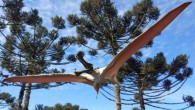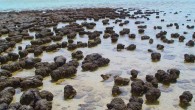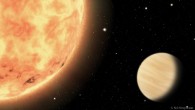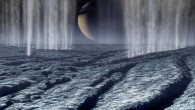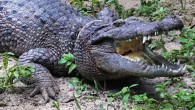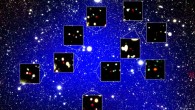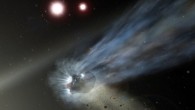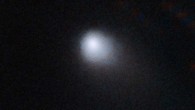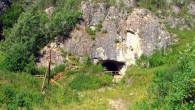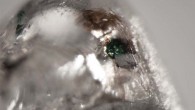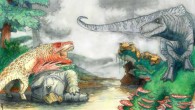Astronomers using the Subaru Telescope in Hawaii have found 20 new moons orbiting Saturn. The discovery brings the total number of known Saturnian moons to 82, surpassing Jupiter, which has 79. To offer the general public a chance to get involved in naming the new moons, the Carnegie Institution for Science launched a contest on October 7, 2019. An artist’s conception of the 20 newly-discovered Saturnian moons. Image credit: Carnegie Institution...


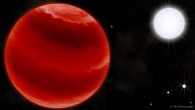
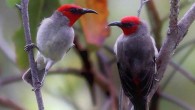
![This ALMA image shows the binary protostar [BHB2007] 11. Image credit: ALMA / ESO / NAOJ / NRAO / Alves et al.](https://cdn.sci.news/images/2019/10/image_7662f-BHB2007-11-195x110.jpg)
